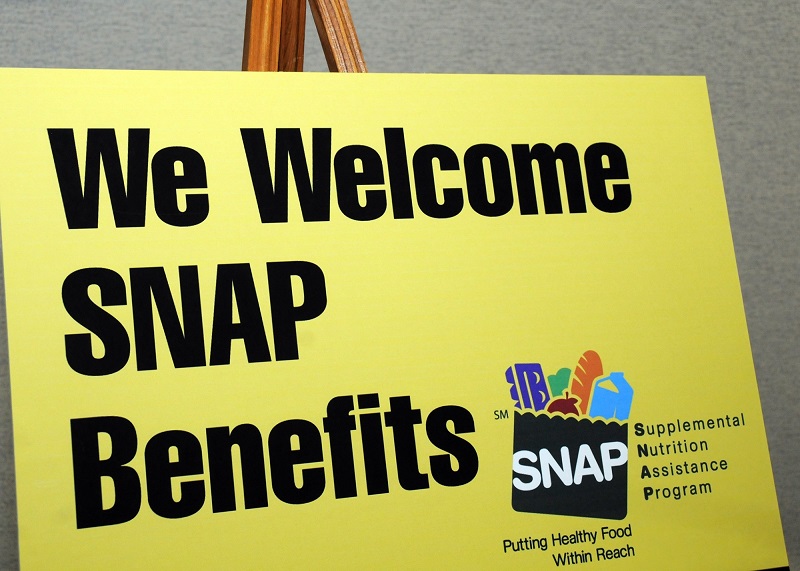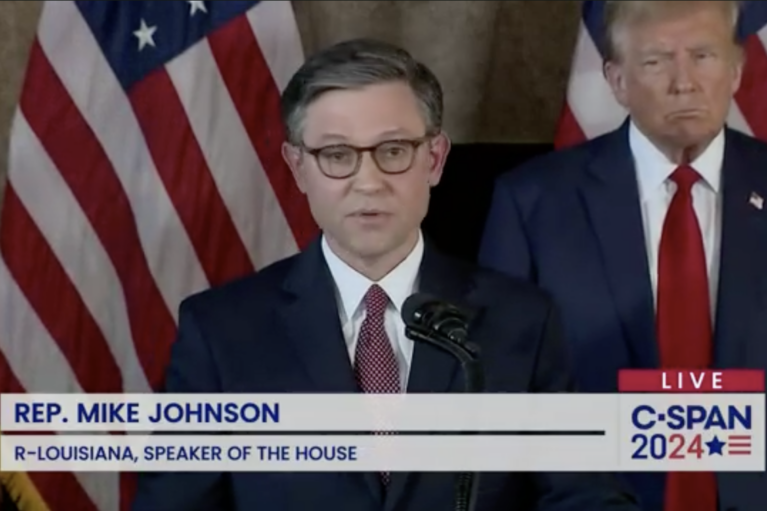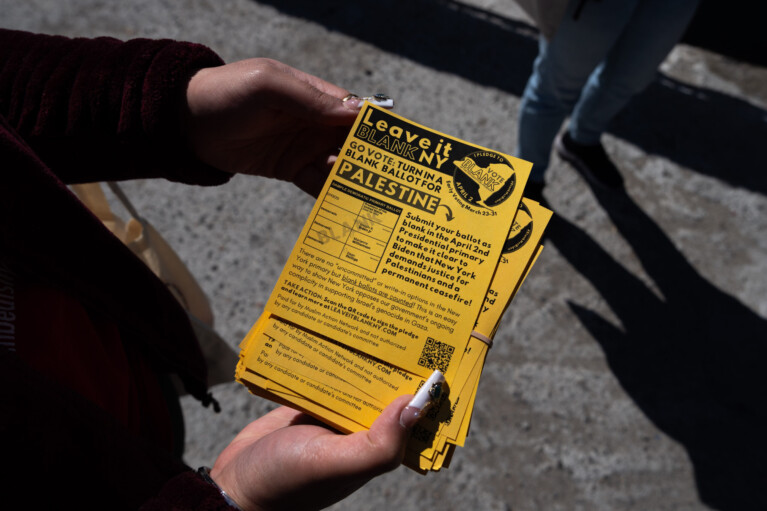Advocates Fear Loss of Food Benefits for Tens of Thousands

Michael J. Wilson retched when he first heard the news this week.
“This is a bad thing. This is a bad thing for poor working folks in the state of Maryland,” Wilson said Thursday from his office in Baltimore.
The director of Maryland Hunger Solutions, Wilson is concerned that a Trump administration proposal – should it become law – could result in thousands of Marylanders losing eligibility for America’s food stamp program, the Supplemental Nutritional Assistance Program. Exact state figures weren’t available from the state or federal governments this week.
The shift is expected to reduce SNAP participation nationwide by 3.1 million people and cut costs by about $9.4 billion over the next five years.
Maryland and more than 40 other states use a “broad-based categorical eligibility” policy that make people automatically eligible for SNAP if they receive a benefit from federal Temporary Assistance for Needy Families funds, known in Maryland as Temporary Cash Assistance.
The new rule would curtail that practice.
Agriculture Secretary Sonny Perdue said this week that states are misusing the policy.
“For too long, this loophole has been used to effectively bypass important eligibility guidelines. Too often, states have misused this flexibility without restraint,” Perdue said.
The broad-based categorical eligibility policy has been in place since 1996, when Congress changed the law to allow Americans who received non-cash TANF benefits, such as child care assistance or employment supports, to be automatically eligible for food stamps.
In the years since, states have changed their own policies to provide a nominal TANF benefit – such as a brochure printed with the federal funds – to establish automatic SNAP eligibility for low-income families. The transaction effectively raises the federal government’s cap for SNAP benefits in some states. In Maryland a person can qualify for Temporary Cash Assistance if they make 200 percent of the federal poverty level or less. To qualify for SNAP independently, the federal government caps income at 130 percent of the poverty level.
The current federal poverty level is $25,750 for a family of four.
The proposed rule would limit automatic eligibility for SNAP to people who get a “substantial, ongoing” TANF benefit of at least $50 a month for a minimum of six months. Those who don’t receive such a TANF benefit could only get food stamps if they directly qualify for SNAP.
“All this does is create a hard cliff where people don’t get consideration,” said Wilson, noting that SNAP recipients under the expanded eligibility policies are still properly vetted.
“The state of Maryland looks at every application, does an analysis, looks at your income, does an interview, looks at your expenses, has verification for all these things,” Wilson said. “But [under the proposed change] people are not going to get that opportunity to be thought of as an individual human with an individual situation because the Trump administration wants to categorically deny them categorical eligibility.”
On average, there are more than 650,000 Marylanders receiving approximately $75 million in SNAP assistance each month, according to the Department of Human Services.
Wilson didn’t know how many Marylanders might lose SNAP benefits if the new rule takes effect, but estimated it could be as high as 50,000 people – a figure similar to the one reached by the Congressional Budget Office in 2012 during a similar debate about categorical eligibility.
The Maryland Department of Human Services had not determined an official figure for the number of Marylanders who might be affected as of late Thursday evening.
“Given that the USDA’s rule proposal was just released and that it is still in the notice and 60-day comment phase, our Department is still examining the proposal to evaluate the potential impact, and it is therefore premature for us to give any estimates on how this change could impact any Maryland SNAP recipients,” Katherine Morris, the department’s communication director wrote in an email. “Our Department remains focused on continuing to serve and assist vulnerable individuals and families across Maryland.”
Del. Samuel “Sandy” I. Rosenberg (D-Baltimore City) jointly led legislative welfare reform efforts in Maryland in the 1990s. He said Thursday that he disagrees with any move to limit SNAP benefits to 130 percent of the federal poverty level without considering individual circumstances.
“There are people above that level who greatly benefit and are worthy of getting that great benefit from the SNAP program,” Rosenberg said. “That the Trump administration is moving in this direction is not great public policy.”
If SNAP benefits are cut, Rosenberg thinks the legislature should pass a bill next year to cover the costs, similar to Title X family planning legislation passed last session.
Del. Geraldine Valentino-Smith (D-Prince George’s) sponsored a bill passed in April that will create a program allowing elderly, disabled and homeless people receiving food supplement benefits to purchase warm, prepared meals at participating restaurants.
One of the most basic things a lawmaker can do is support policies to ensure access to food, she said.
Valentino-Smith supports programs that would continue to provide assistance to low-income families as they earn more money and create a stable life. “The cliff that people reach and then immediately lose some bare essential benefits is too high and they return to poverty,” she said. “Our goal is to help people exit poverty and stay out of poverty.”
A second bill she proposed last year – to raise the combined dollar amount low-income Marylanders could receive through SNAP and other benefits – failed to pass.
The rule proposed by the USDA on Tuesday could also have an effect on school children, who are automatically eligible for free lunch if they qualify for SNAP benefits. If the rule takes effect, an estimated 265,000 students might lose their school lunch eligibility, according to the Food Research and Action Center. USDA officials said most of those children would still be eligible for free lunches, but their families would have to file a separate application.
In D.C., Maryland Sen. Chris Van Hollen (D) expressed concern about the proposed rule.
“The SNAP program is integral to helping many families afford nutritious food every month – but once again, President Trump is working to dismantle it. More than 3 million people in Maryland and across the country will be harmed by this proposal, and I will fight it tooth and nail,” he said in a statement.
The rule is open for public comment for 60 days.




 Creative Commons Attribution
Creative Commons Attribution